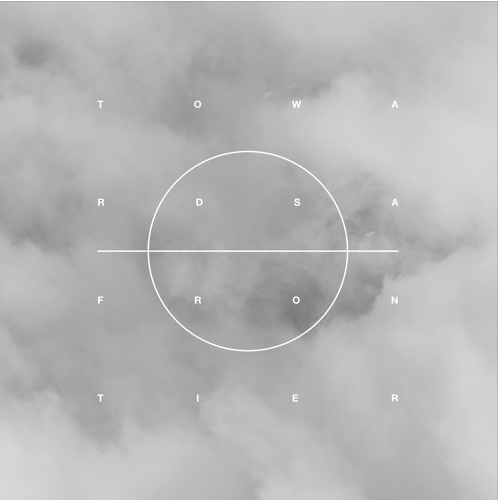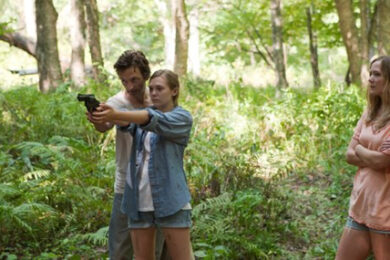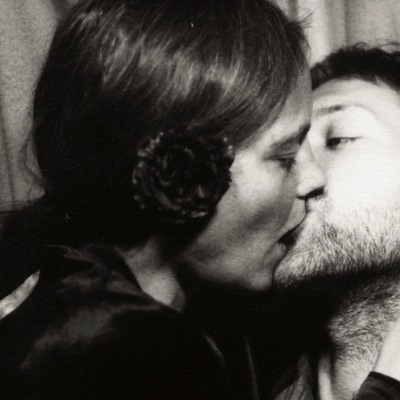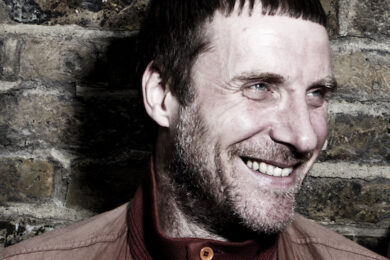Who knew that sea anemones sounded like the unctuous squelching of foreplay? That tuna or jellyfish swam with a firework whoosh? That starfish scuttle with a rattle? For all its spectacular slow-motion, HD close-ups and aspects of animal behaviour captured on film for the first time, the BBC series Blue Planet II was a decidedly strange experience for the ears. The loud foley sounds used were at times overbearing and implausible, while excess of jaunty, emotive strings and choral flourishes of Max Zimmer’s score verged on Disney schmaltz. This wacky racket wasn’t merely symptomatic of the contemporary cultural insistence that only blaring will attract and hold attention, but also undermined the message that our oceans, about which we know so little, are in a terrible state thanks to a warming climate and pollution.
How might it be possible to capture or respond to environmental destruction in sound? As April Welsh points out in this excellent FACT piece, 2017 has been notable for the presence of field recordings in contemporary music. While this is undoubtedly a reflection of an increasing awareness that art might have a responsibility to engage with the defining issue of our time, there’ve been few attempts to engage with the magnitude of climatic change and environmental destruction in the visceral potential of music itself.
Indeed, it’s not unreasonable to argue that the future for the environment is so utterly horrendous that it might be beyond art, that any attempt to grasp it will inevitably fail, become trite. Yet from religious texts through Hieronymus Bosch to John Martyn, artistic imperative has grappled with notions of apocalypse and end times for as long as it has dealt with love. At a recent Q&A at the 2017 Unsound Festival, Richard Skelton told me that he’d found the premise of Frontiers In Retreat, from which this new work derives, rather daunting. The project is an ongoing residency which invites artists to travel to remote areas (in Skelton’s case, Iceland) to "multidisciplinary enquiries into the deep history of the Earth, the current ecological changes shaping our biosphere, as well as possible futures". How, Skelton wondered, might he as an artist fulfil the brief in responding to something as vast and still beyond our comprehension as a world warming out of control, and at our own hands. Yet it’s this self-awareness and a sense of ego surrender to the vastness of place that makes this project such a success. In the music of Towards A Frontier, film and accompanying book Skelton offers no analysis, nor trite solutions, but powerfully and importantly evokes a vivid landscape of dread and doubt, of human frailty and eventual (or potential) absence.
Skelton’s music is part of its own ecosystem, encompassing these solo albums, Inward Circles, poetry, non-fiction, his collaborations with Autumn Richardson both musical and in the beautifully thought-through Reliquae journal. This is brilliantly realised even within this project, with an impeccable logic to every note, line, collage or word. Even the title is richly apt – in climate change we are always approaching new frontiers and crossing them, be that in CO2 emissions, record global temperatures, and the scale of likely future warming and sea level rise. In that inevitability, the sense that we are already too late to reverse the damage done to the planet that we share with so many other lifeforms and forces, Skelton evokes and realises both the dread of future calamity and a mournful requiem. The calamity is simultaneously in the future and already with us. These ideas, fears and predictions are, as this recent report from the journal Nature emphasised, continuously in terrifying flux and development.
Thanks to Towards A Frontier‘s coherence, the beautifully designed and presented book that accompanies the special edition actually ends up summing up its sonic design rather succinctly via this sentence in the frontispiece: "it eventually becomes clear that everything in life is either moving towards, or emerging from, a peculiar kind of emptiness". Skelton’s music evokes immensity, change, the slow and irrevocable momentum that applies to weather systems, geology, ecology, and so on. Composed of drones that appear to slip between the electronic and instrumental, the music surges and it does so in a way that consumes, chokes, like a fog bank swallowing a rolling trawler, glacial melt, a desert slowly creeping over once-fertile land. At just over an hour long, the continuous piece evolves with an intense immensity, entirely gothic, ominous and strange. It acknowledges in its solemnity that in the terrible there might also be a certain beauty – awesome, for once in its truest sense. You could imagine a generative version of this broadcasting eternally to an empty mountainside, long after its creator and the rest of us are forgotten.
On the bonus accompanying twenty-minute piece ‘Hánefsstaðafjall’, a rhythm thuds away in the background, regular and monotonous, like some distant plant heard through fog with nobody around to turn it off. What’s more, while these are undoubtedly Skelton’s finest solo musical compositions to date, the unearthly photography and collage of the accompanying book is one of the finest visual projects engaging with the environment that I’ve seen all year. There’s plastic and bone on a dark pebbled beach, a corrugated iron roof a texture just like the waves behind it, telegraph poles bereft of wires, empty chairs and rusted pipes. Fragments of Icelandic text are cut up and collaged, photographs of rocky landscapes and abandoned industrial sites chalked over with strange, runic symbols. It’s a stunning piece of work about death and presence, loaded with occult overtones as if one day beyond our comprehension of time it might be discovered, and used as the founding text for some new faith.
Towards A Frontier features no sounds that are recognisably of Skelton’s or any other person’s voice. When accompanied with a flick through of the book, the music appears as drifting smoke over a distant ridge. Skelton’s photography doesn’t feature a single human form. I cannot speak Icelandic, nor can I decipher his runic system and symbolism. Yet in its all-enveloping depth and atmospherics it’s a rare work that acknowledges our human presence as part of, not separate from, the natural world. He refuses to sentimentalise, prettify, render twee or anthropomorphise that relationship. Over the coming years we need much, much more work like this.










